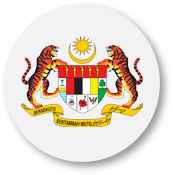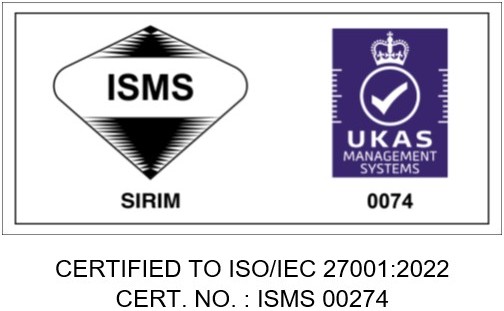
KUALA LUMPUR: As the free trade agreement (FTA) between Asean and China came into full force on Jan 1, businesses in the Nanyang, as the Chinese call this part of the world, find themselves adjusting to new market realities.
In Malaysia, the date passed by almost unnoticed as the country grappled with political problems but the Associated Chinese Chambers of Commerce and Industry of Malaysia (ACCCIM) has been among the more vocal, calling for a limit of 10% annual growth in volume of imports from China.
Two-way trade between China and Malaysia totalled RM127.9bil last year while in 2008, it was RM130bil. Based on the latest data, China is now Malaysia’s largest trading partner.
Despite the growing commercial ties, some have continued to voice their concerns. ACCIM president Tan Sri William Cheng reiterated the stand of the association recently at an event when he said manufacturers found it hard to survive since the Asean-China FTA took effect.
Ordinary Indonesian and Thai businesses have also expressed concerns that with 0% duty, cheap Chinese goods would flood the markets and make it harder for South-East Asian firms to compete.
International Trade and Industry Ministry (Miti) secretary-general Tan Sri Abdul Rahman Mamat said businesses here would have to adjust to an environment where subsidies would gradually be phased out and industries that have been protected see those restrictions lifted.
He told StarBiz recently that a trading nation like Malaysia could not afford to have restrictive policies as it would put off foreign investment and trade.
“Nobody’s denying that it’s more challenging these days but we can’t protect uncompetitive industries forever. There’s no way we’ll go back to the old days,” Rahman said.
He said local firms had shown that they could be competitive, one example being the textile industry.
“There used to be an agreement between developing countries like ours and the United States where we were given quotas to export textile products.
“This agreement lapsed in 2005 but the industry has survived because it moved up the value chain and sourced for cheaper raw materials,” Rahman said.
According to data obtained from Miti, exports of textiles still came up to RM6bil to RM8bil yearly.
Rahman said an integral part of the Asean-China FTA was the rule on local content.
“Local content does not mean that it must only come from Malaysia. The raw material can come from other parts of Asean,” he said.
For the FTA, the local content ruling is 40% before businesses could take advantage of the 0% duty.
“We’ll enforce the local content ruling stringently,” Rahman said.
He said the views of the business community had always been taken into consideration where agreements between governments might have an impact on businesses.
“The reduction in duties was gradual. In fact, businesses have been enjoying the 0% duty for 70% of the goods from China since 2005; we even consult with the respective lobby groups before we make any policy,” Rahman said.
The FTA, which was first announced at the Asean-China Summit in 2001, is the third largest in the world and covers a combined population of 1.9 billion with a gross domestic product of US$6.6 trillion and a trade volume of US$4.3 trillion.
Under the FTA, more than 9,000 products imported from China to Malaysia are duty-free while China will reduce tariffs on more than 7,000 products from Asean. Besides manufactured goods, the agreement also covers services and investment.
--The Star
Last Updated 2015-05-14 12:00:34 by admin2













 Home
Home






























